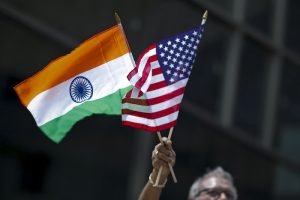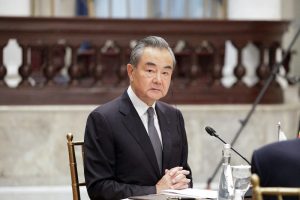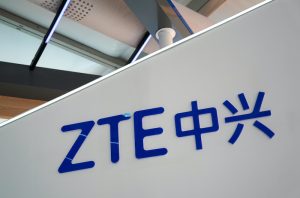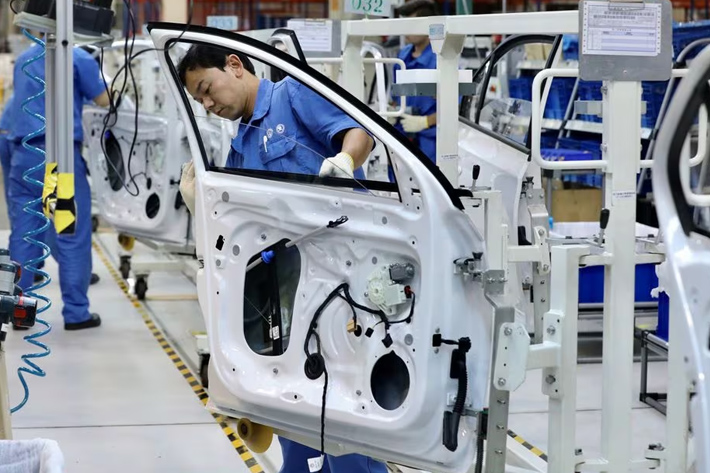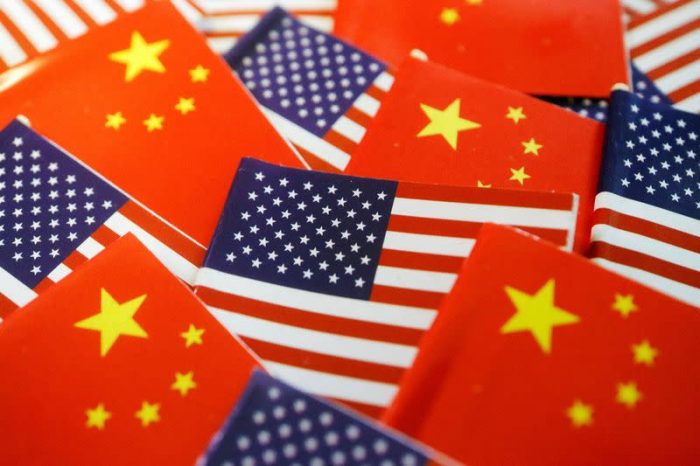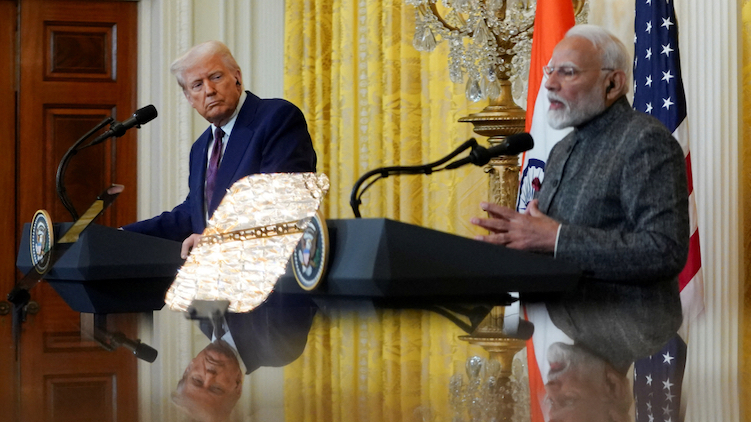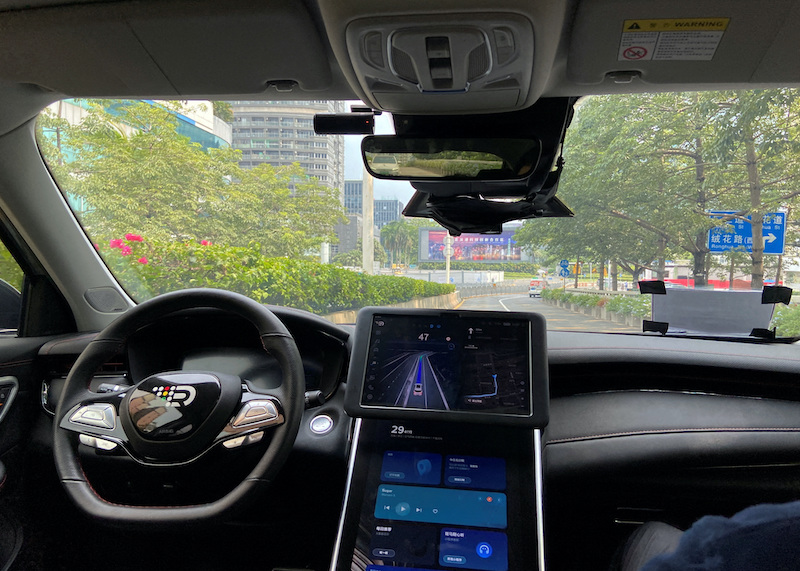Chinese AI developers have found a new way to get around US restrictions on the use of advanced chips – by taking their data to places in Southeast Asia where they can use high-end chips.
And following the huge chip deals signed by Nvidia on President Trump’s tour to Saudi Arabia and the Gulf last month, there are fears that Chinese AI firms will soon have the option of utilising data centres in the Middle East.
A recent report by the Wall Street Journal said four Chinese engineers flew down to Malaysia in March with suitcases packed with over a dozen hard drives and “80 terabytes of spreadsheets, images and video clips for training an artificial-intelligence model.”
ALSO SEE: Bank of Japan Unveils Plan to Slow Sale of Government Bonds
Their destination was a data centre that their boss had rented with several hundred servers – to build an AI model “and bring it back home,” it said.
The Malaysian site was found via a subsidiary in Singapore allegedly before Nvidia and its vendors began to conduct stricter audits on firms using its AI chips.
Singaporean officials have begun to crack down on the transshipment of advanced chips after finding three people lied about the destination where Nvidia servers would be sent.
The Biden Administration had proposed imposing caps on countries buying US chips to limit this sort of activity and bar Chinese firms from accessing them, but the Trump Administration said last month it would scrap the country-specific caps because it would be an unnecessary burden for Nvidia and other US chipmakers and designers.
‘Skirting US restrictions’
Some critics say the Trump Administration is now leaving the door open for Chinese AI firms to skirt US chip restrictions, as data and computing centres are sprouting across Southeast Asia.
Malaysia imported $3.4 billion worth of AI chips and other processors from Taiwan in March and April, the WSJ report said.
And, as said, data centres will soon be common in the Middle East, given Nvidia, AMD and Qualcomm have signed deals to provide hundreds of billions of dollars worth of chips to Saudi Arabia, Qatar and the United Arab Emirates.
So, while these elite chip firms are riding the crest of a technological boom, the whole strategy of limiting Chinese access, to curb use of advanced chips by the Chinese military looks wide open to ‘workarounds.’
That is why some lawmakers from both major parties in the US have backed a proposed bill they hope can counter the smuggling of high-powered artificial intelligence chips.
The move is based on technology that already exists to track and verify the location of AI chips after they are sold.
It seeks to address reports of widespread smuggling of Nvidia’s chips into China – and use in other parts of the world by Chinese companies – in violation of US export control laws.
- Jim Pollard
ALSO SEE:
Taiwan Blacklists Chinese Chipmakers Huawei, SMIC
Dutch Minister Says China ‘Biggest Threat’ to Chip Tech Secrets
China Threatens Legal Action Against Anyone Who Shuns Its Chips
TSMC’s $100bn US Deal: Taiwan Says It Won’t Share Top Chip Tech
China Fumes as TSMC Begins Producing 4nm Chips in US
Taiwan Says TSMC Not Allowed to Make 2nm Chips Abroad, For Now
Nvidia CEO Says US Export Curbs on AI Chips is ‘Flawed’ Policy
Satellite Images Show Huawei’s Expanding Chip Facilities – FT
Trump Unveils Huge Chip Deals in Gulf After Rejig of Export Rules
US Lawmakers Push Location-Tracking For High Powered AI Chips
Nvidia and China Tech Giants Hit by Latest US Chip Clampdown
Server Fraud Case in Singapore May be Linked to AI Chips, China





